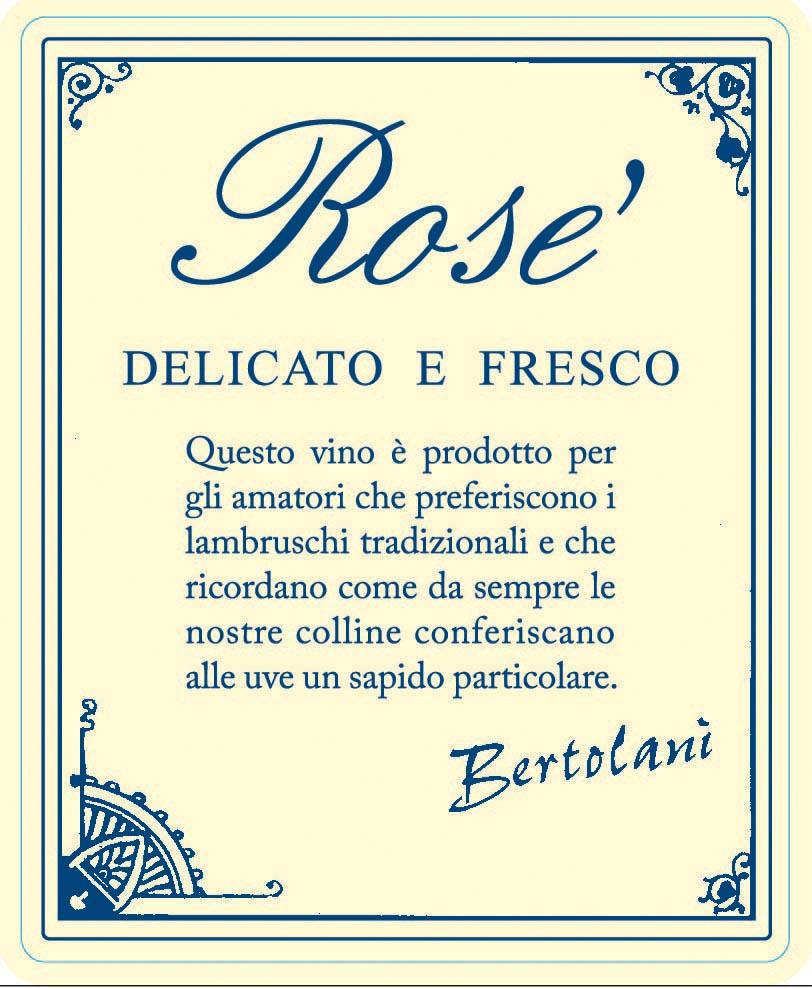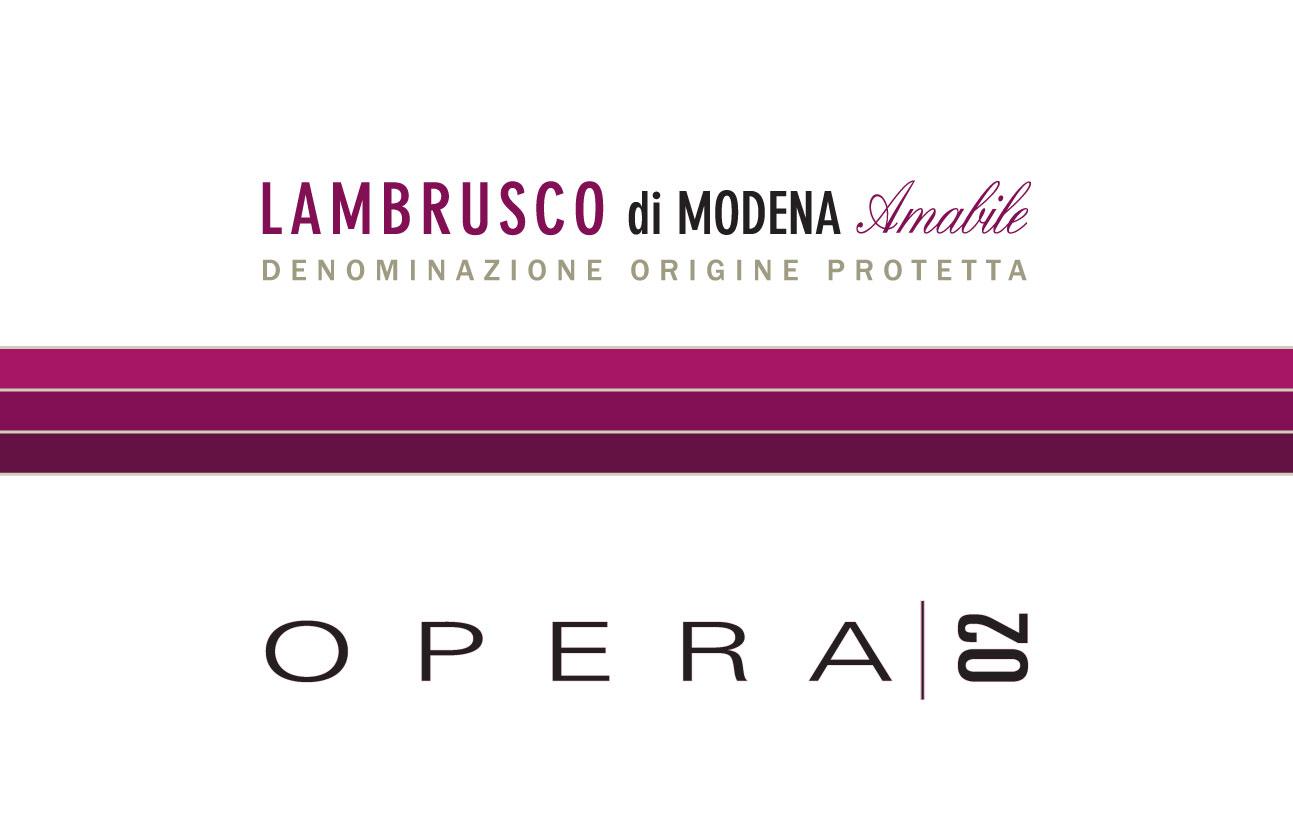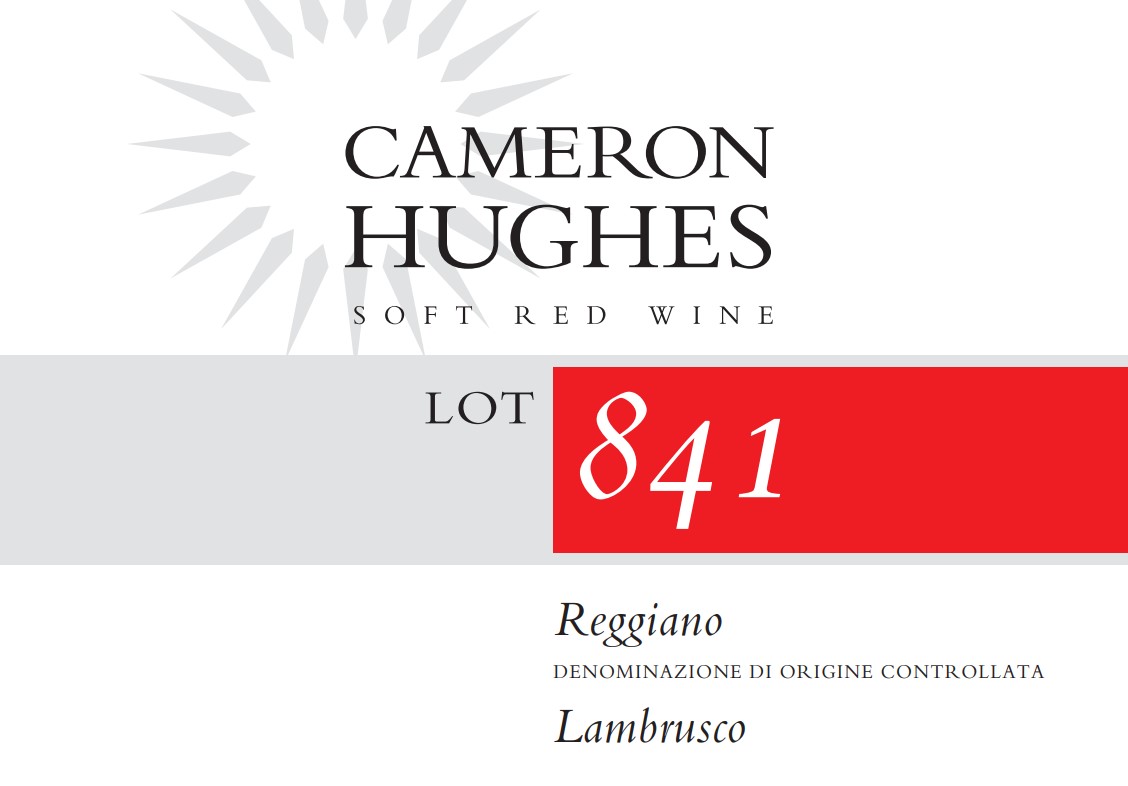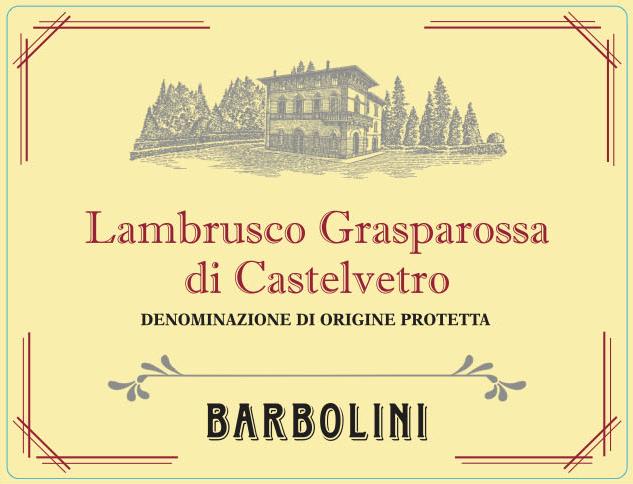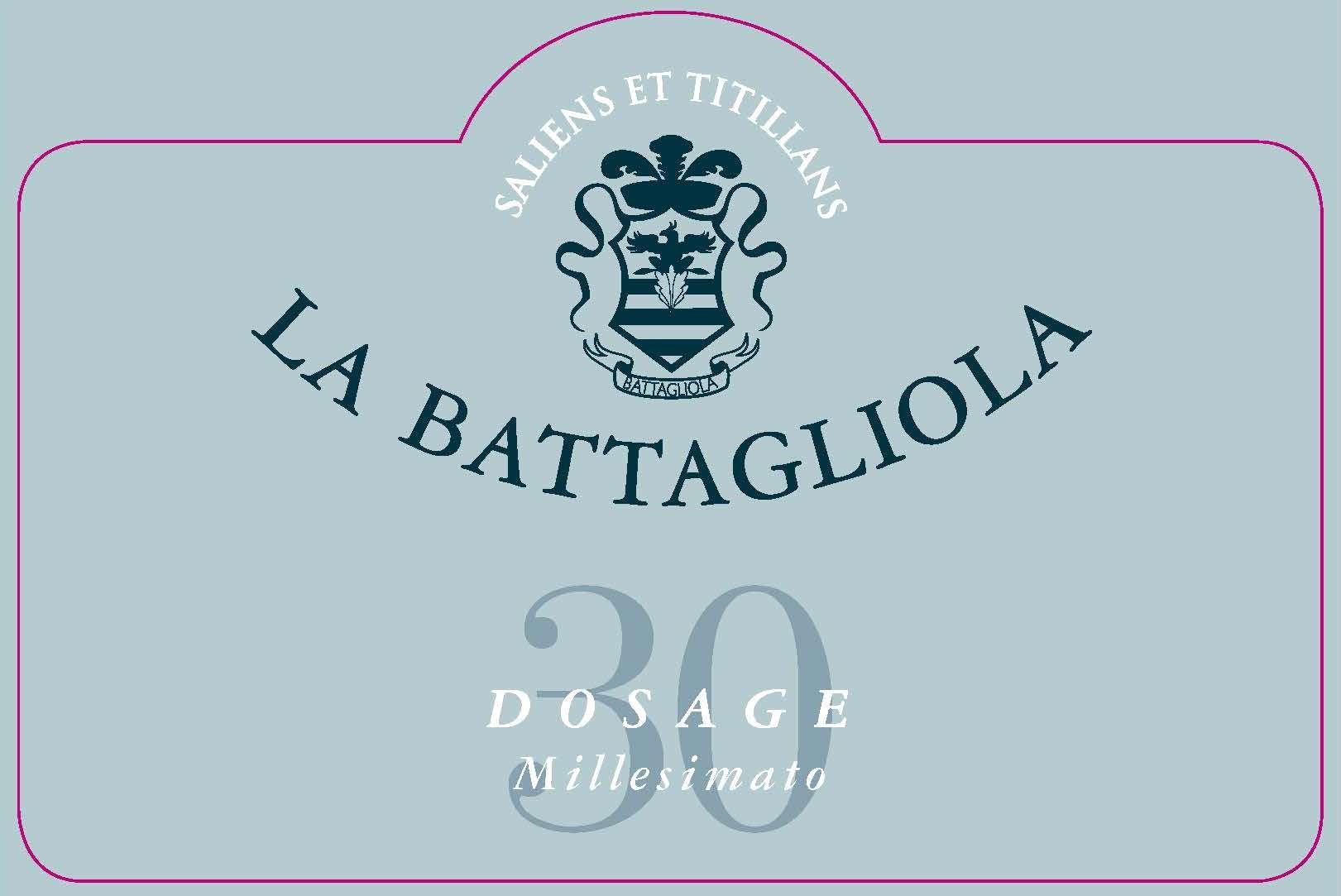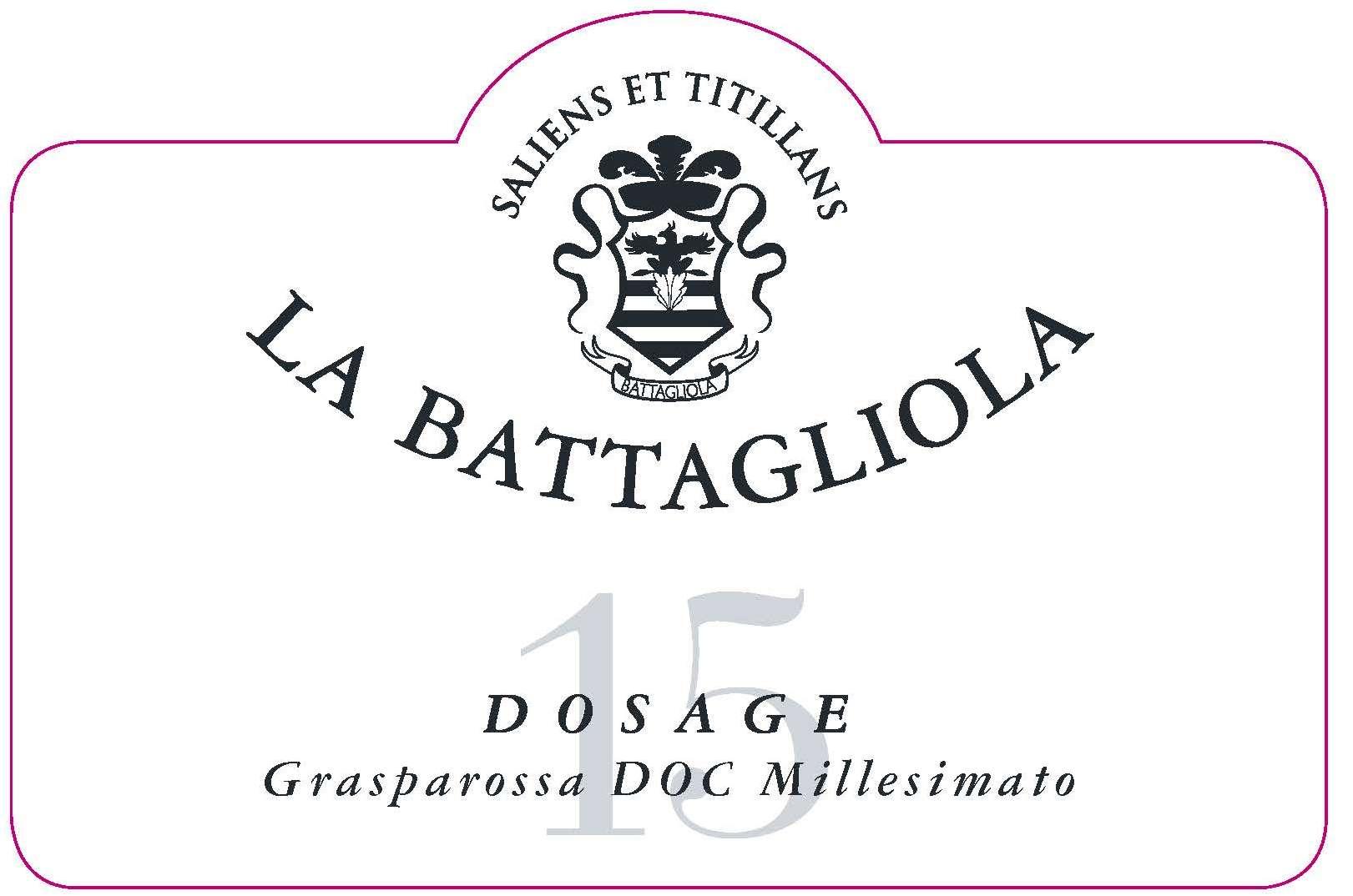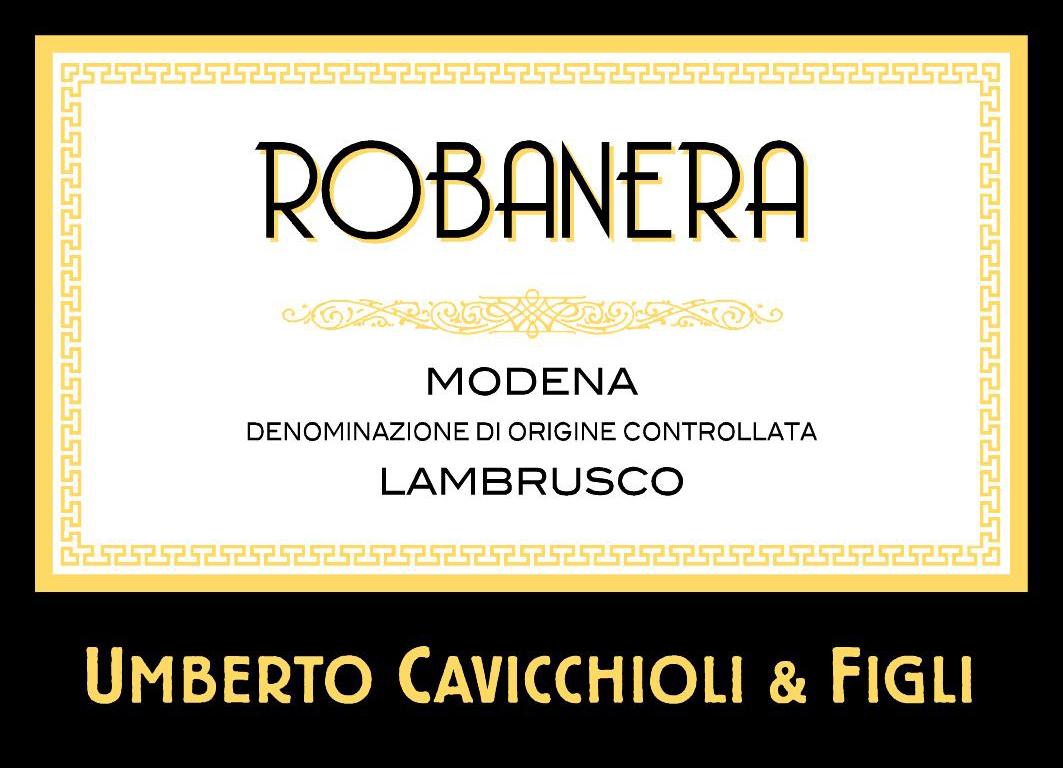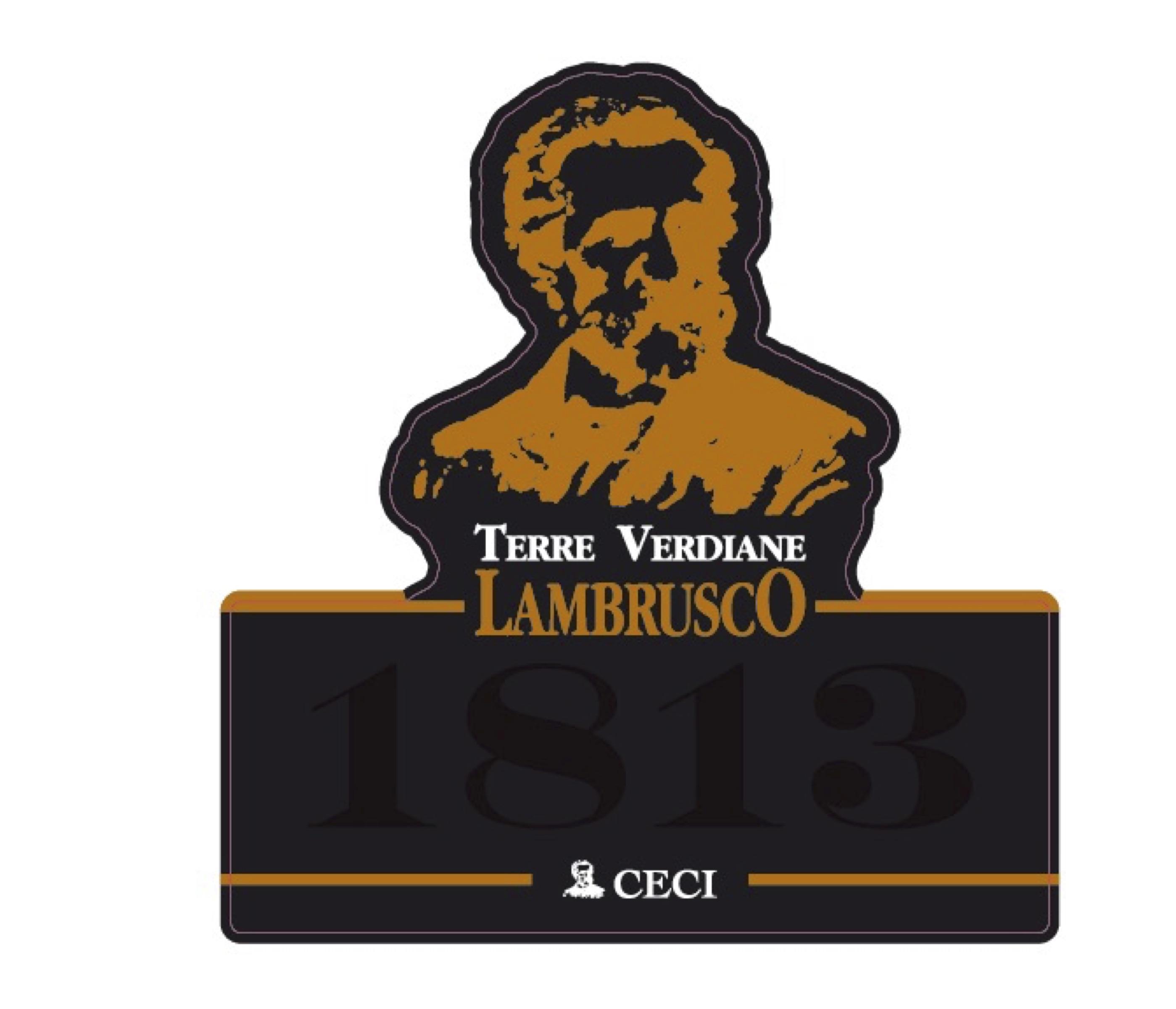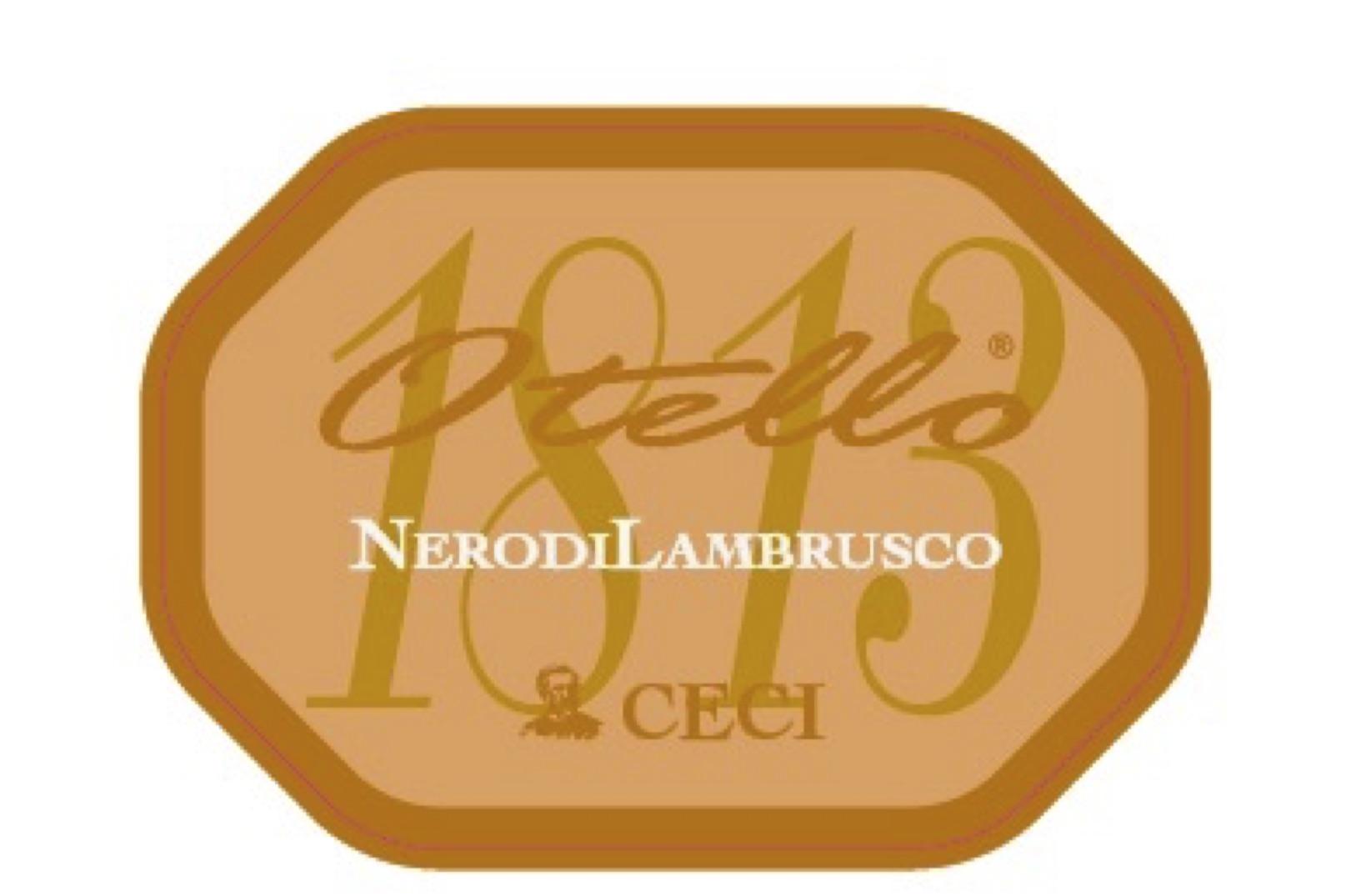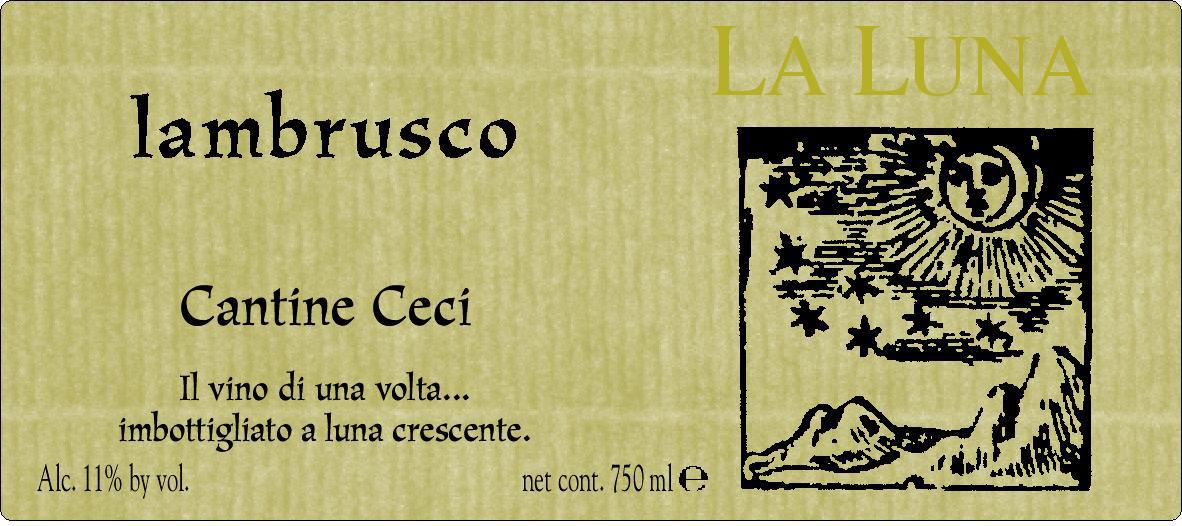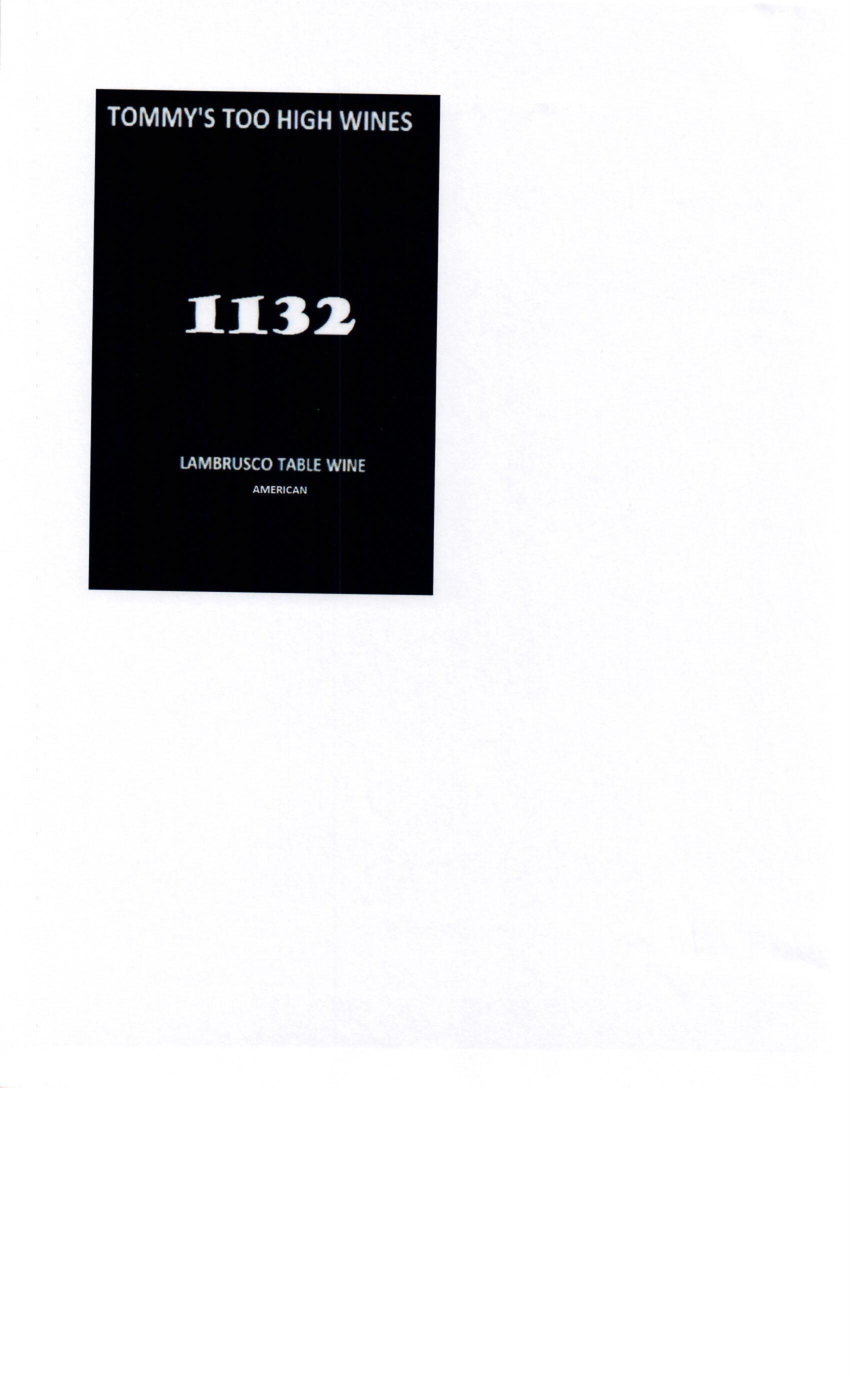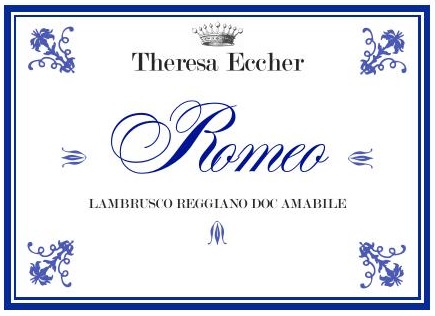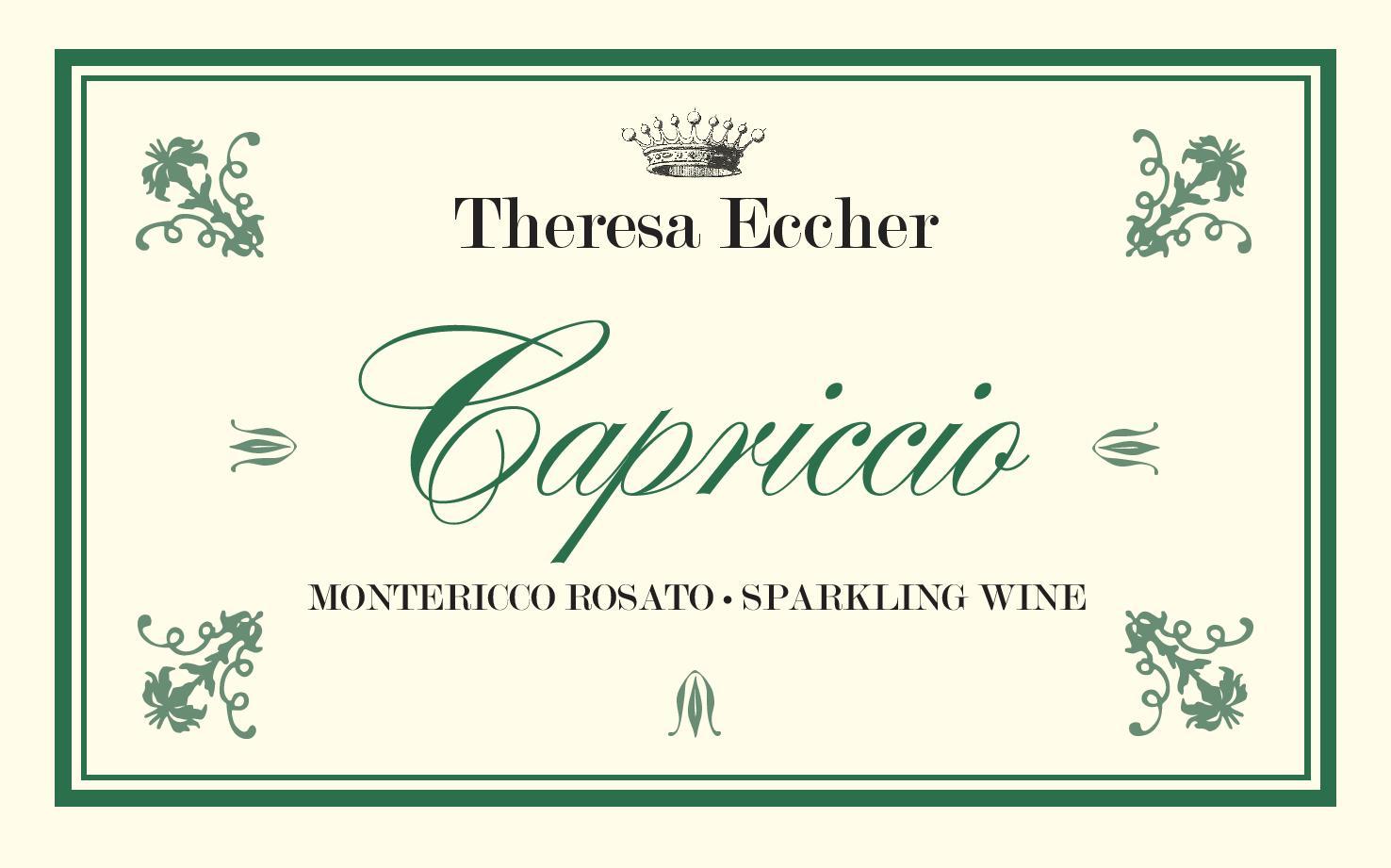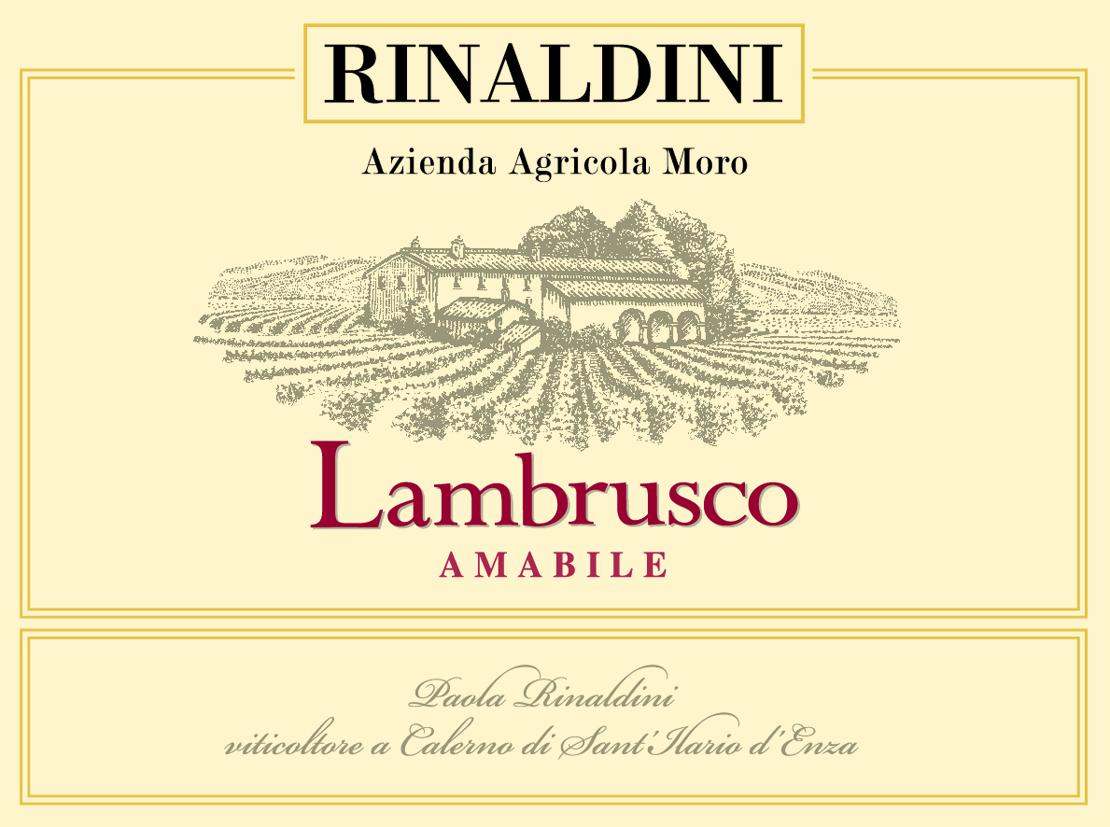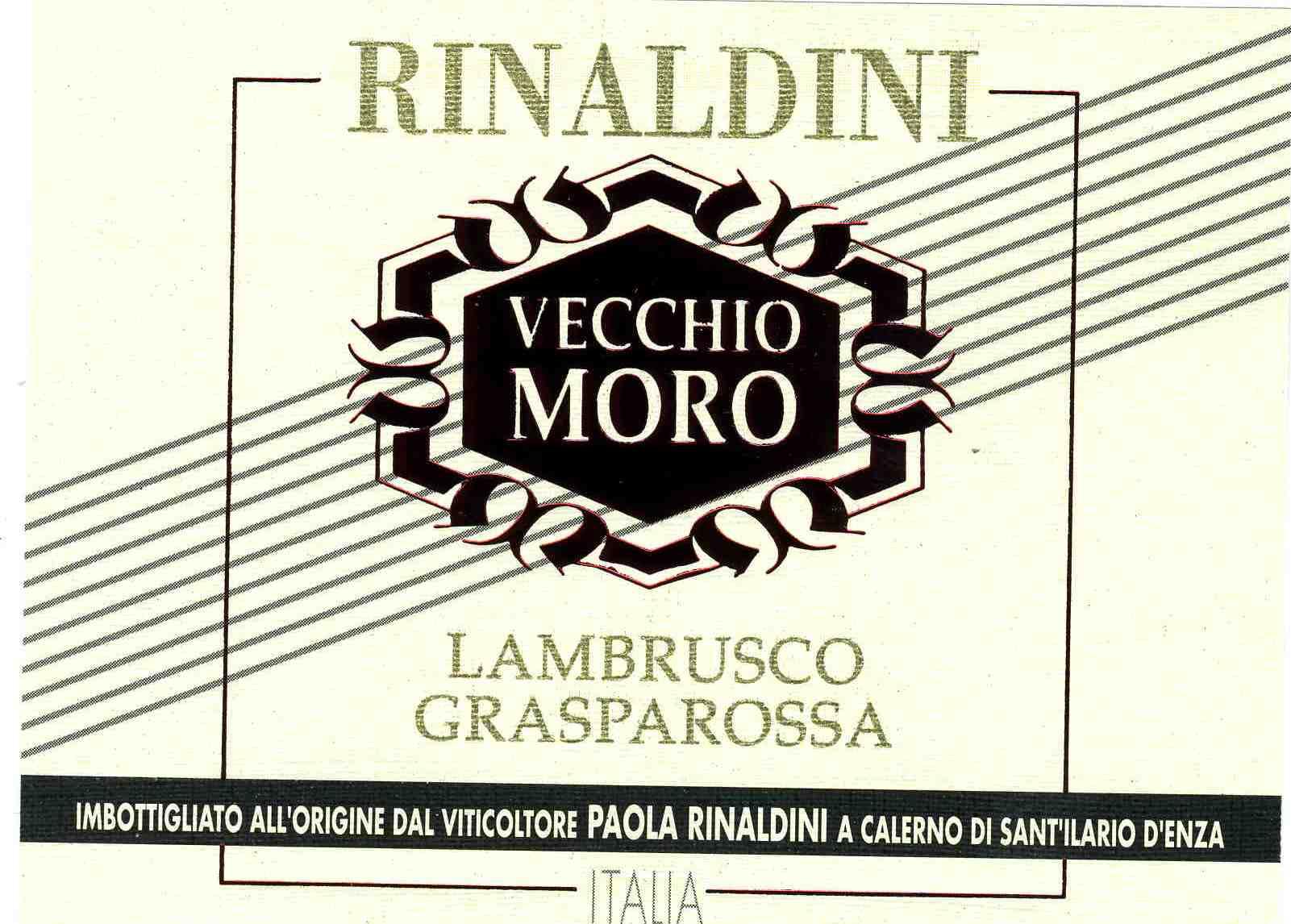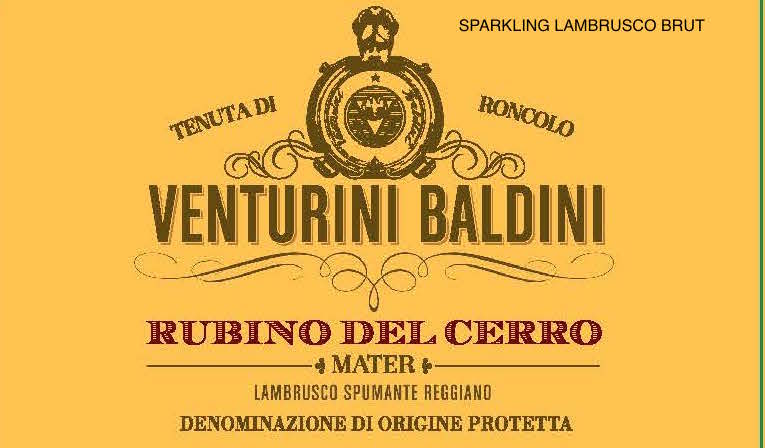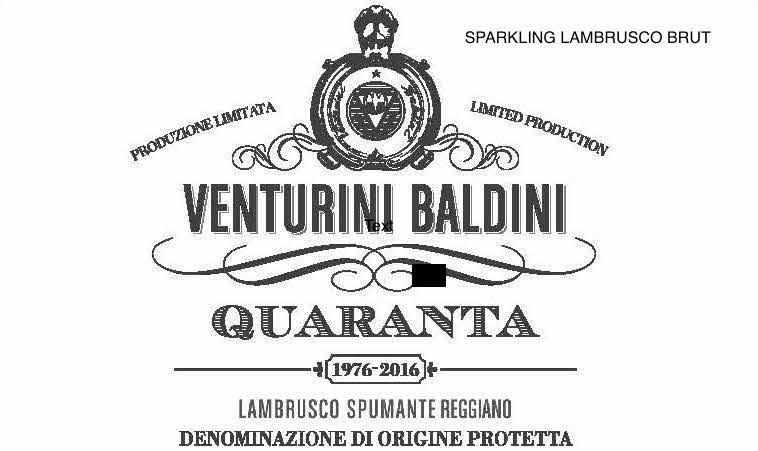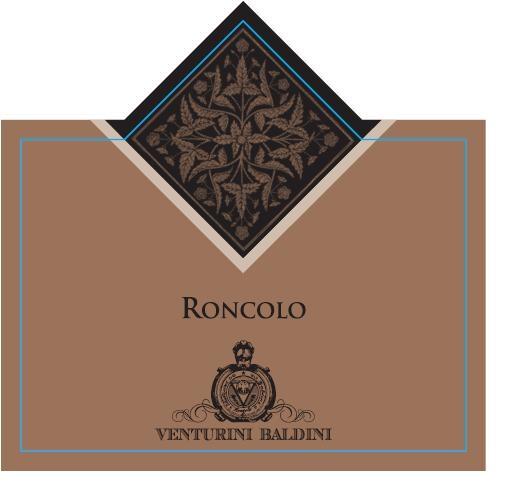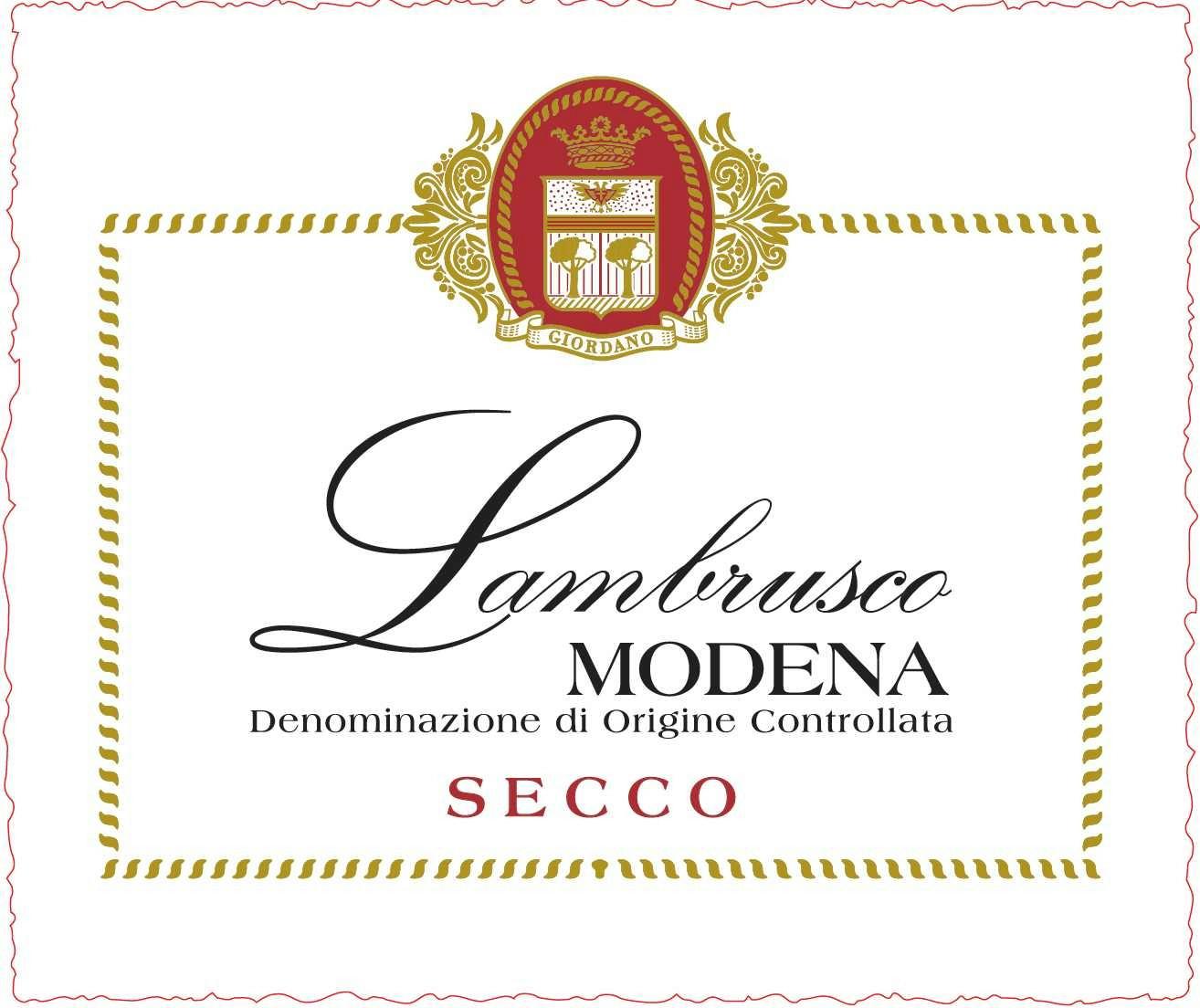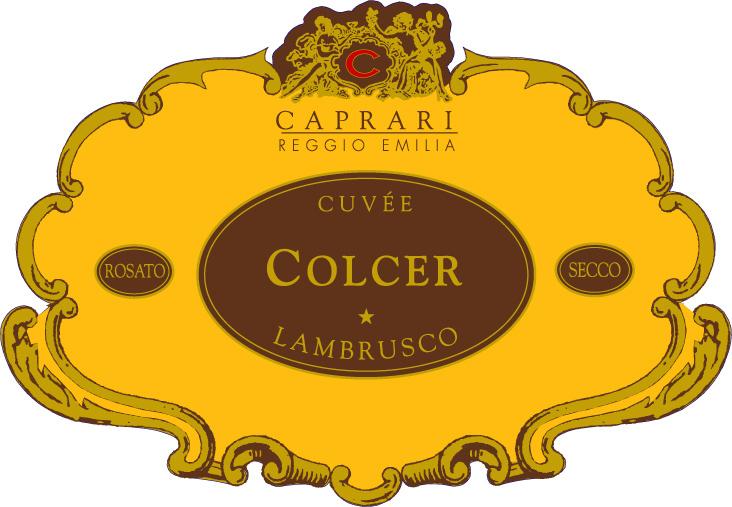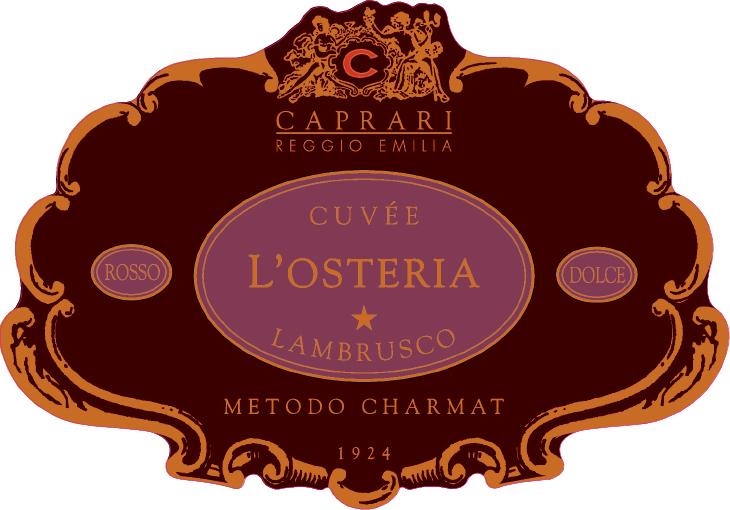Characteristics of Lambrusco
What sets Lambrusco apart is its unmistakable brightness and lively personality. High acidity is a hallmark, often preserved by winemakers who prevent malolactic fermentation, giving each sip a crisp, mouthwatering edge.
Tannin levels range from the bold, grippy structure of Lambrusco Grasparossa, through the balanced middle ground of Lambrusco Salamino, to the feather-light touch of Lambrusco di Sorbara. Alcohol stays moderate to low, making Lambrusco easy to enjoy on its own or with the rich, savory dishes of Emilia-Romagna.
What Does Lambrusco Taste Like?
The distinctive characters of Lambrusco’s leading varietals are shaped by both local terroir and, in some cases, their adaptation abroad.
Lambrusco di Sorbara, grown in the Sorbara subzone of Emilia-Romagna, is known for its pale hue—ranging from light ruby to vibrant pink—delicate floral aromatics (violet, rose, orange blossom), and brisk acidity, with flavors of wild strawberry, watermelon, raspberry, and sour cherry, intensified by Sorbara’s naturally poor fruit set.
Lambrusco Salamino occupies a stylistic middle ground, offering bright berry fruit, moderate structure, and a refreshing finish, while Grasparossa yields deeply colored, fuller-bodied wines with black currant, blackberry, blueberry, plum, and earthy or spicy undertones, sometimes finishing pleasantly bitter and often creamy when made by the Charmat method.
Maestri, the most internationally planted, especially in South America and Australia, is notable for its intense color, hints of milk chocolate, and plush, fruit-driven profile; regional blends may also include grapes like Ancellotta and Malbo Gentile, contributing further depth and complexity.
Notable Region Lambrusco Grows In
The character and style of Lambrusco are deeply shaped by the unique climates and soils of its most important regions.
-
Burgundy, France: The historic benchmark, where Lambrusco expresses purity, finesse, and a strong sense of place.
-
California, USA: Renowned for bold, fruit-forward interpretations, especially in Napa Valley and Sonoma County.
-
Yarra Valley, Australia: Cooler temperatures here yield vibrant, elegant wines with notable acidity.
-
Alto Adige, Italy: Mountain influences produce crisp, aromatic examples prized for their freshness and balance.
Lambrusco Food Pairings
Lambrusco’s lively bubbles and bright acidity make it a versatile companion for a wide range of dishes, from classic Italian fare to global comfort foods.
-
Emilia-Romagna Classics: Lambrusco shines alongside the region’s signature foods—think salty Prosciutto di Parma, rich mortadella, and nutty Parmigiano-Reggiano—where its freshness cuts through fat and salt, while its fruit notes echo the depth of traditional pastas like Tagliatelle al Ragù and hearty pork roasts.
-
Everyday Favorites: The wine’s crisp acidity and effervescence refresh the palate with pizza, burgers, and barbecue, making it a smart choice for everything from cheesy slices to smoky ribs, and it’s a natural fit for charcuterie boards loaded with cured meats and aged cheeses.
-
Style-Specific Pairings: Dry Lambrusco, especially Grasparossa, matches up with rich, fatty dishes and aged cheeses, while sweeter styles mellow spicy global cuisines and desserts, and lighter rosato versions complement seafood, salads, and fresh cheeses, proving Lambrusco’s adaptability at any table.


